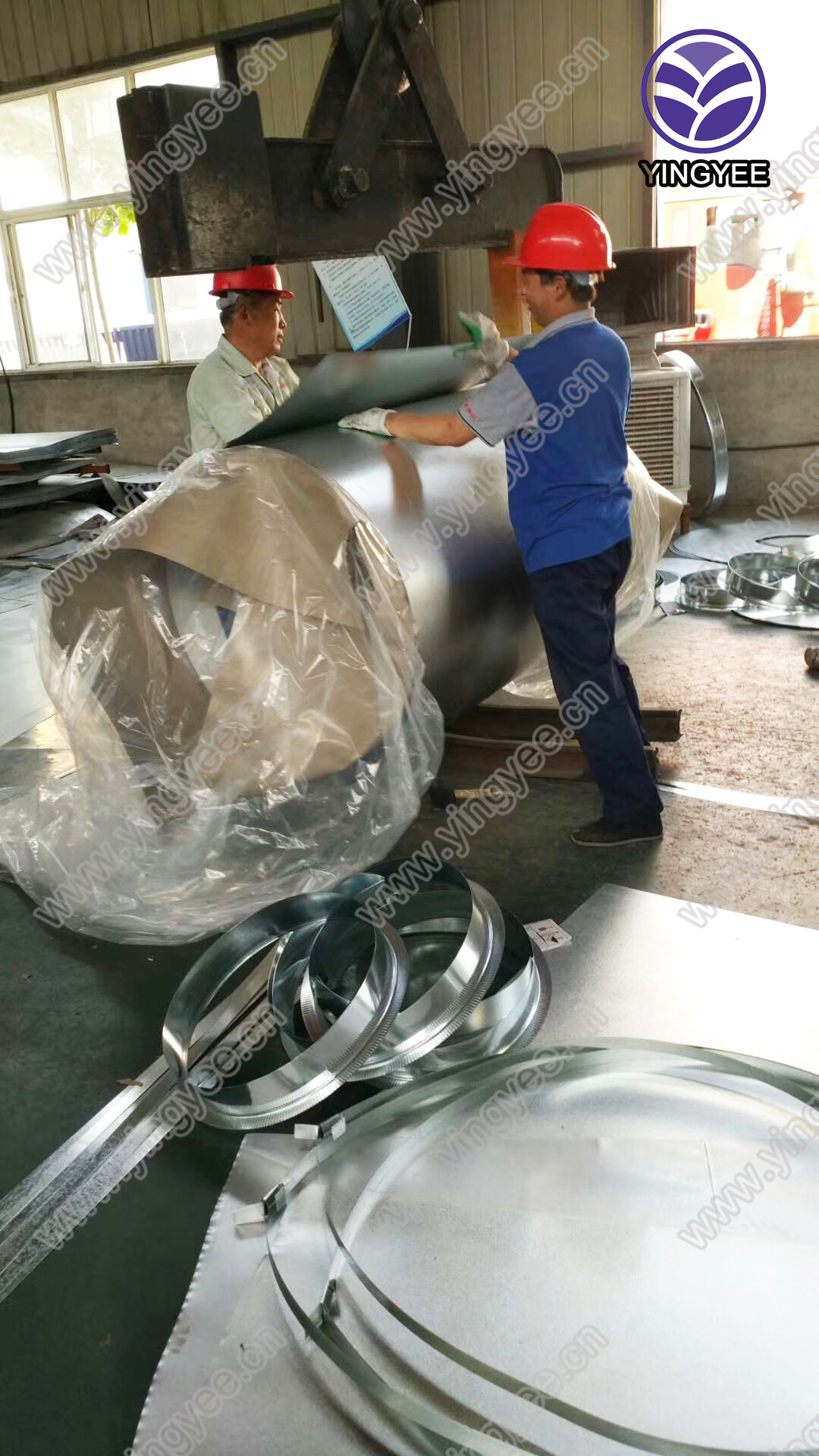
The Evolution of Guardrail Forming Machines
In the ever-evolving landscape of construction and infrastructure development, safety is paramount. One of the critical components ensuring the safety of roadways is guardrails. These essential structures not only protect vehicles from off-road hazards but also enhance the overall security of transportation systems. The efficiency and effectiveness of guardrail production are largely influenced by advancements in technology, particularly the development of guardrail forming machines.
Guardrail forming machines are specialized equipment designed to manufacture guardrails quickly and precisely. These machines convert raw materials, often steel or aluminum, into various types of guardrails through a series of processes, including material feeding, bending, cutting, and welding. The automation of these machines not only accelerates production rates but also improves the quality and consistency of the final product.
Modern guardrail forming machines typically incorporate advanced technology such as computer numerical control (CNC) systems, which allow for precise adjustments and configurations based on specific project requirements. This level of precision was not achievable in earlier models, which relied heavily on manual operations. The shift to CNC technology has significantly reduced the likelihood of human error, ensuring that each piece of guardrail meets strict safety standards.

Another notable advancement in guardrail forming machines is their ability to produce a variety of guardrail profiles and types. This versatility is particularly important given the diverse requirements of different geographical regions and road designs. For instance, some areas may require stronger guardrails to withstand harsher weather conditions or higher traffic volumes, while others may need more aesthetic designs that blend with the landscape. The ability of these machines to adapt to various specifications has made them invaluable in modern manufacturing.
Furthermore, the efficiency of guardrail forming machines extends beyond production speed. Many machines are designed with energy consumption in mind, utilizing more eco-friendly power sources and technologies. This shift towards sustainability is not only beneficial for the environment but also helps manufacturers reduce operational costs, making the production process more economically viable.
In addition to improving production capabilities, guardrail forming machines have also influenced the labor market. As automation takes the front seat in manufacturing processes, the need for highly skilled technicians to operate and maintain these machines has increased. Training programs and educational initiatives are being developed to equip the workforce with the necessary skills to thrive in this new environment.
Overall, the evolution of guardrail forming machines represents a significant leap forward in the construction industry. By enhancing the speed, efficiency, and quality of guardrail production, these machines are playing a crucial role in improving road safety. As technology continues to advance, we can expect further innovations that will enhance the capabilities of guardrail forming machines, ensuring safer roads for future generations. The commitment to safety, efficiency, and sustainability in manufacturing will remain at the forefront of this industry's development, ultimately benefiting road users and the environment alike.